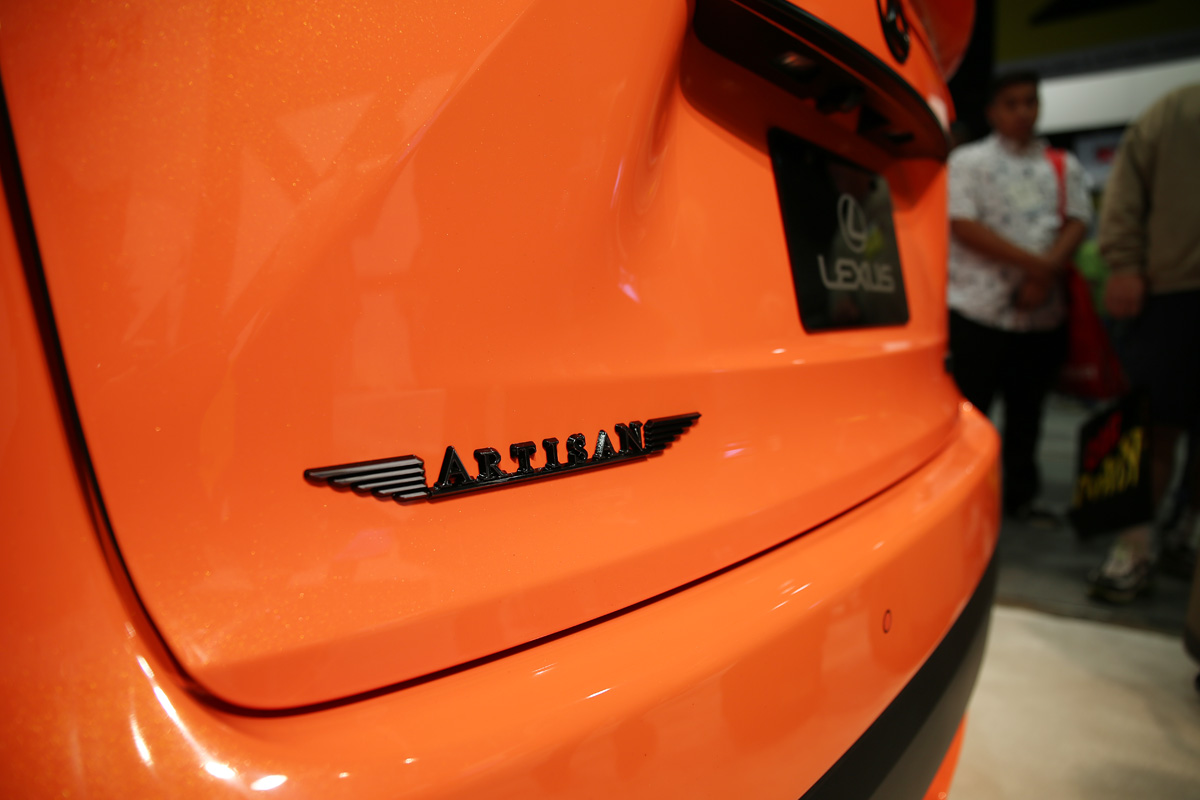Highlights from 2015 Canadian International Auto Show

Yesterday marked the official start of the Canadian International Auto Show (CIAS), the Great White North’s largest automotive event held every year in Toronto. As always, some crazy stuff was presented to audiences, as well as more mainstream examples that consumers might actually be able to get their hands on. If you aren’t able to make the trip out east, scroll down below for a taste of CIAS 2015.
Lexus RC F GT3 Concept

In case the recently released RC F coupe isn’t already impressive enough for you, Lexus introduced the RC F GT3 concept car to Canadian audiences for the first time. It’s based on the production version but boasts bigger wheels and tires, aerodynamic add-ons, a faster engine and has hopes of racing in the FIA GT3 European Championship.

Toyota i-Road Concept

CIAS visitors were treated to indoor demonstrations of the Toyota i-Road concept, a three-wheel, single-occupant electric vehicle. With a range of 50 kilometres, it’s only 870 millimetres wide meaning four of them can fit into a traditional parking space. The i-Road has already been tested on public streets in Japan as well as France.
2016 Honda Pilot

A completely redesigned Honda Pilot, a three-row SUV, will be available this summer looking and feeling a lot different than the previous generation. The Pilot goes high-tech with available LED lighting, a Blu-Ray disc player with HDMI input and an Earth Dreams Technology Powertrain consisting of a fuel-efficient V6 engine and first-ever nine-speed automatic transmission.
Infiniti Q80 Inspiration

Alfonso Albaisa, executive design director at Infiniti, used the description “progressive, audacious and ingenious,” as he unveiled the range-topping Q80 four-seater fastback. “The Q80 Inspiration represents Infiniti’s vision of category-breaking, supreme luxury driving,” said Albaisa. It features autonomous driving capability with a hybrid powertrain producing 550 horsepower.
2016 Jaguar XE

The British car company is getting set to launch yet another four-door sports sedan in 2015, slotted below the mid-level XF and XJ flagship. It will be the first Jaguar equipped with electric steering, and is designed to look and drive like a sports coupe with a low and wide profile, partially aluminium construction and a supercharged 3.0-litre six-cylinder powerplant.
Audi TTS Coupé

The Audi TT has been reborn for its third generation. The extra S stands for sport, or speed, or probably both: it’s got a 265 hp TFSI turbo engine, Quattro all-wheel drive and a fancy Audi Magnetic Ride Suspension that continously readjusts the dampening settings to match the driving conditions.





































